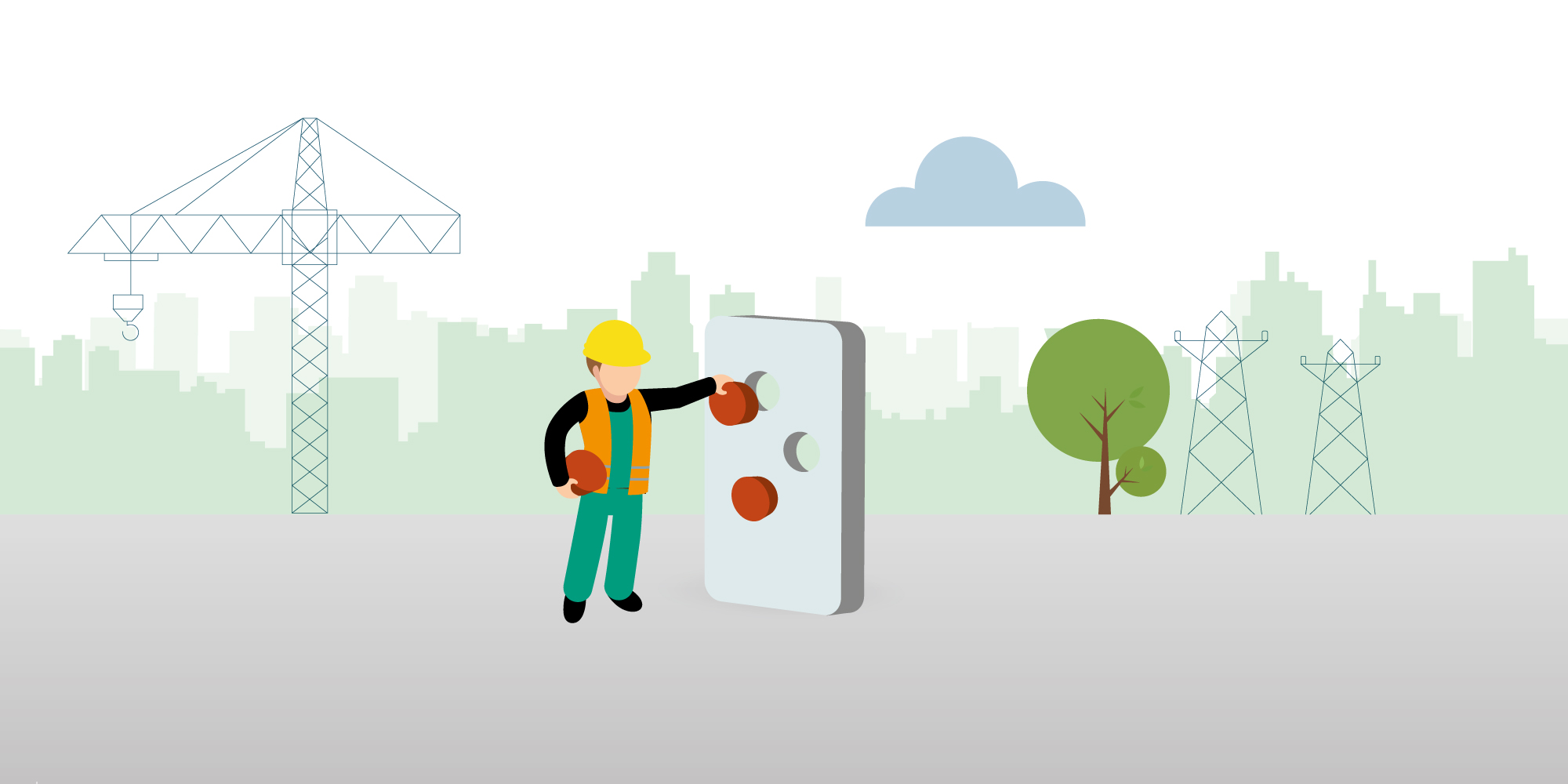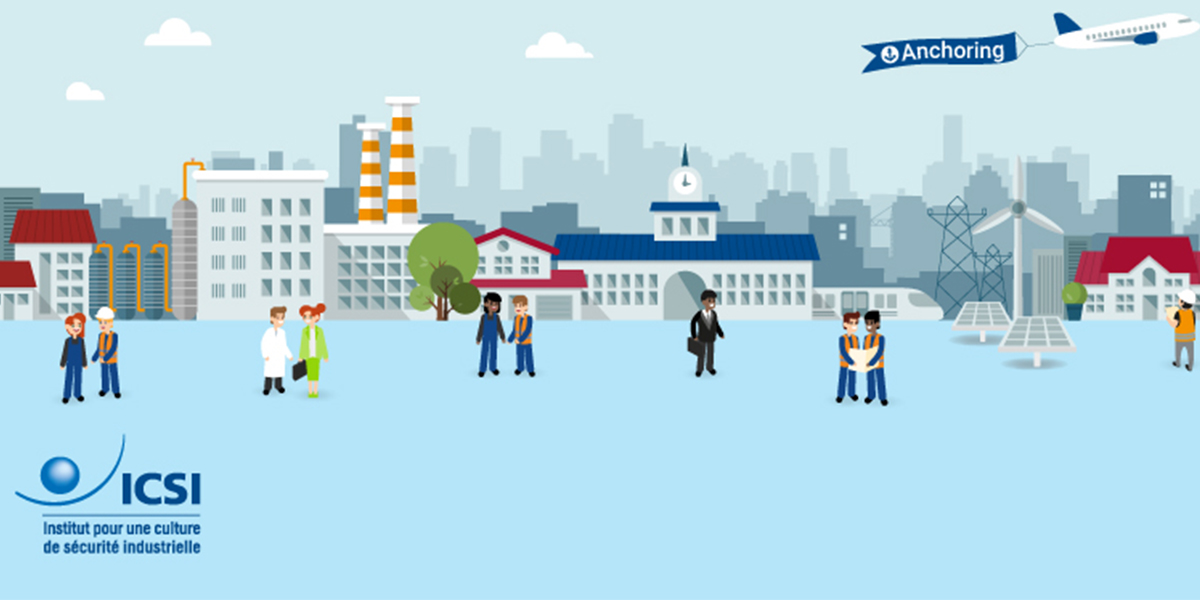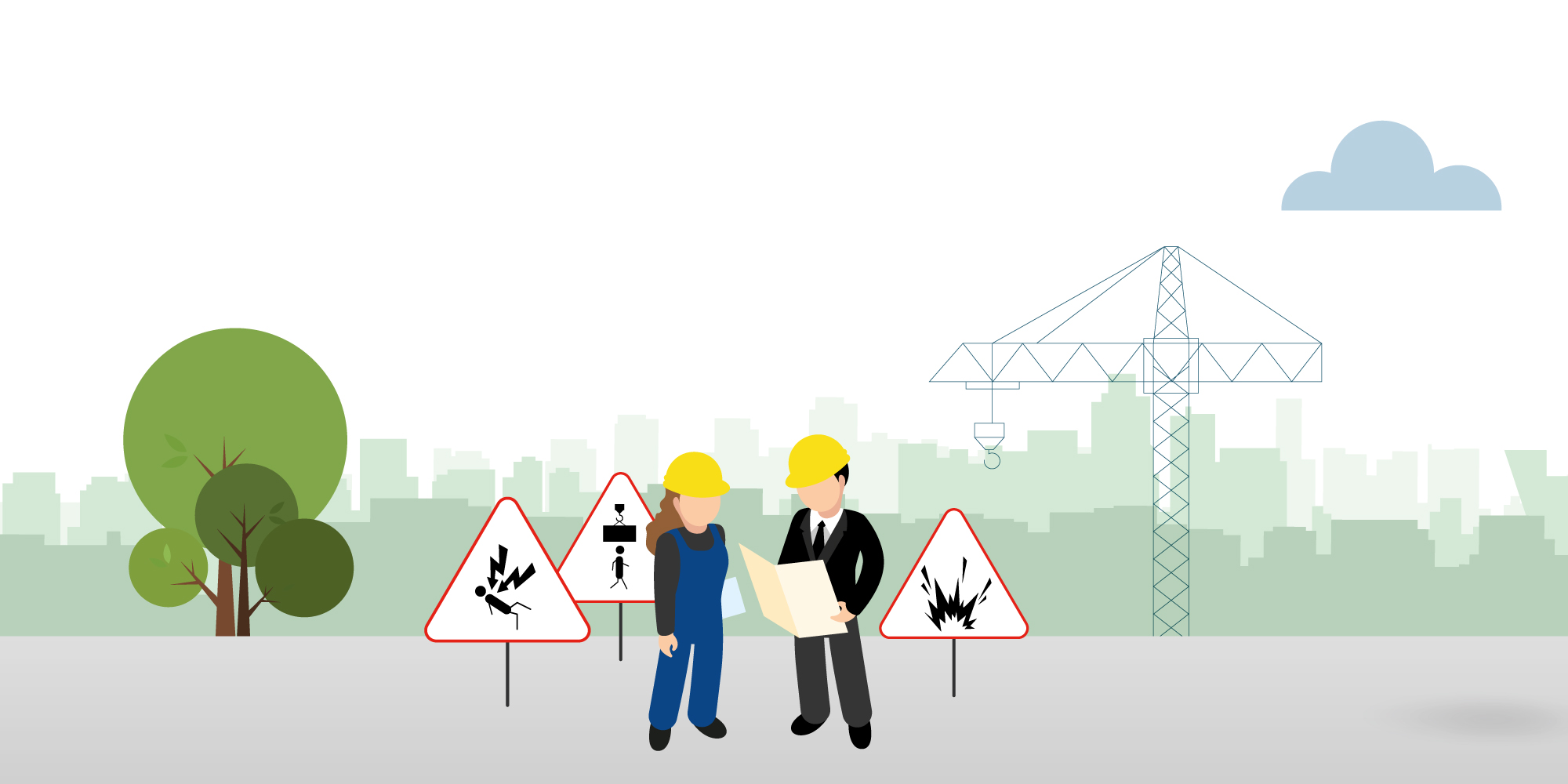Preventing the most serious accidents
 Preventing the most serious accidents
Preventing the most serious accidents
How, in practice, do you implement a safety policy that is focused on the prevention of serious, fatal and major technological accidents? One thing is certain: everyone has a role to play. The Board of Directors, the operational manager, and even subcontractors. New indicators need to be identified, to monitor and measure safety.
| Andrew Hopkins and Highly Reliable Organizations |
Highly Reliable Organizations (HROs) handle hazardous materials or technologies, and are exposed to a high level of risk... but their long-term safety performance is excellent. How do they do it?
Andrew Hopkins, a renowned sociologist and emeritus professor at the Australian National University, invites us to explore some of their characteristics:
- they are particularly alert to the slightest failure even – and especially – in the absence of an accident,
- they ensure that staff are aware of anything that could be a warning,
- near-misses, or situations that could have been very serious are analyzed as thoroughly as accidents, as they are considered to be learning opportunities,
- management plays a key role in encouraging reporting, and highlights its benefits, feedback becomes an integral part of a shared culture.
Although there is no need to replicate the full HRO model, which only applies to certain sectors, let yourself be inspired, pick and choose from these proven good practices, and talk about them with your colleagues!

Focus on just culture
Andrew Hopkins emphasizes the need to encourage staff to be vigilant and report unusual situations. Reporting events that could be very serious, daring to share news, even when it is not good, requires a genuine climate of trust. In this context, developing a just culture is a powerful lever.
| 3 key players: the board of directors, the operational manager, subcontractors |
The board of directors
The board of directors plays a key role in preventing major risks! It is their responsibility to ensure that safety is at the heart of each trade-off.
4 ways to improve major risk prevention:
- identify and set up ways to deal with potentially very serious situations,
- set up and monitor dedicated major risk indicators,
- ensure that an effective defense system is in place, provide resources to monitor prevention, recovery and mitigation barriers,
- assess and take into account the impacts of changes on safety.
Le manager opérationnel
The operational manager plays a key role in the prevention of serious, fatal and major technological accidents:
- Upstream preparations: he or she reviews potentially serious situations and the lines of defense, they identify disruptors and corresponding countermeasures, strengthen certain precautions or even postpone the operation, and schedule coordination meetings with subcontractors.
- Conduct briefings and debriefings: during the briefing, the operational manager discusses the details of the operation and the situation on the day with their team, he or she reminds their colleagues of the most important risks and lines of defense, and sets no-go points. The manager identifies any missing resources (equipment failure, lack of skills) and reminds the team of the importance of shared vigilance, their duty to speak up, and listens to what they have to say. Downstream, they hold a debriefing, taking the opportunity to thank the team for running a safe operation.
- Facilitating feedback: the manager leads team discussions on risks, failing barriers, potentially serious situations, and the joint search for countermeasures. He/she reports back to the team on any follow-up to known problems and encourages feedback.
- Spending time in the field: The manager regularly spends time in the field to get first-hand knowledge of the conditions in which operations are carried out. He/she periodically reviews defense barriers and allows time to talk.
The importance of the relationship between the client and subcontractors
Subcontracting comes with multiple safety challenges, particularly in terms of preventing the risk of serious, fatal and major technological accidents. Who hasn’t already heard about the main principles of a good relationship between clients and contractors? But beware! The devil is often in the details, at different phases in the contractual relationship!

Read more
Download our Thought about safety culture titled "How to foster a safe, sustainable working environment with a subcontractor? Establish trust. Right from the beginning."
| Major risk indicators |
These can be outcome indicators related to:
- events, accidents and potentially serious situations. For example, in process industries: loss of containment (leaks), or fire.
- barriers: the compliance rate during systematic reviews, the number of safety device shunts, the percentage of compliant guardrails,
- recovery from situations that could be very serious,
- recurring or occasional serious disruptors.
Other indicators record stakeholder buy-in to the process:
- the presence of management in the field, briefings, systematic reviews of risks and appropriate lines of defense, follow-up to reports, etc.
- simulations of potentially very serious situations with operational teams,
- taking safety into account in the client/contractor relationship.
Finally, other indicators can reflect the strategy that has been put in place:
- budgets allocated to the prevention of the most serious accidents, the maintenance or upgrading of facilities,
- progress with respect to safety culture diagnostics and programs,
- the implementation of a just culture that encourages feedback,
- the number of training courses where safety is seen as an essential element in a job well done.
Find out more
The essentials for preventing serious injuries, fatalities and major technological accidents, a 24-page illustrated summary.


